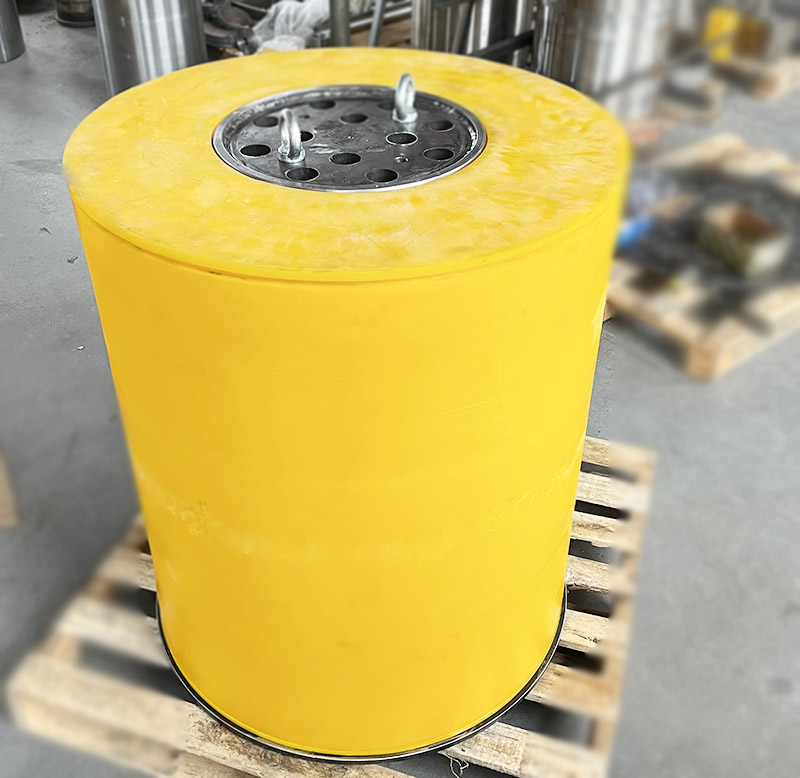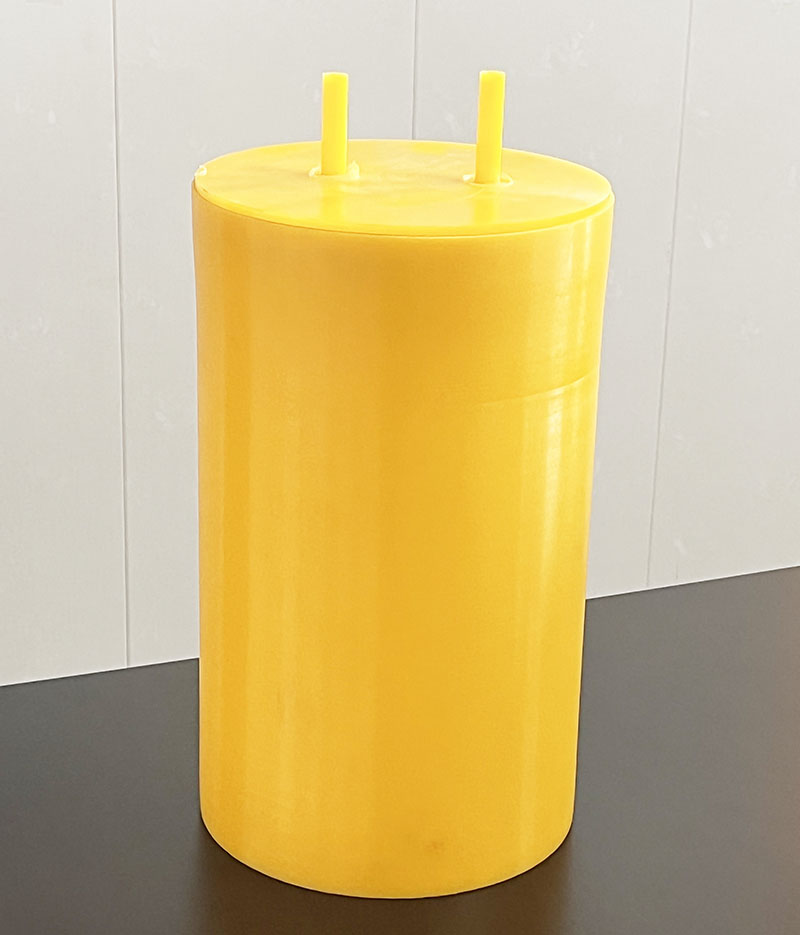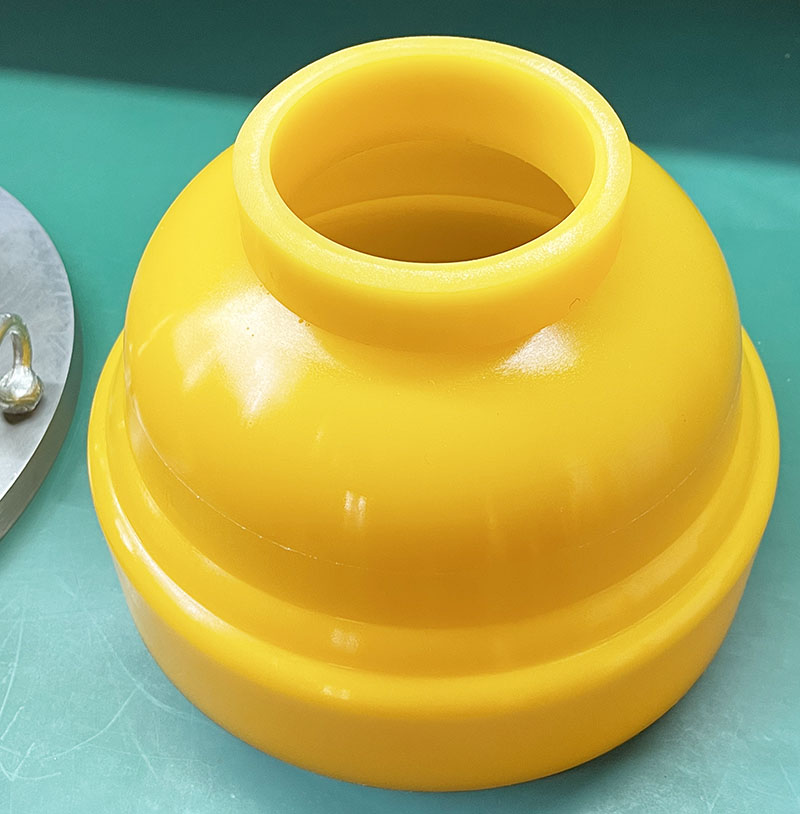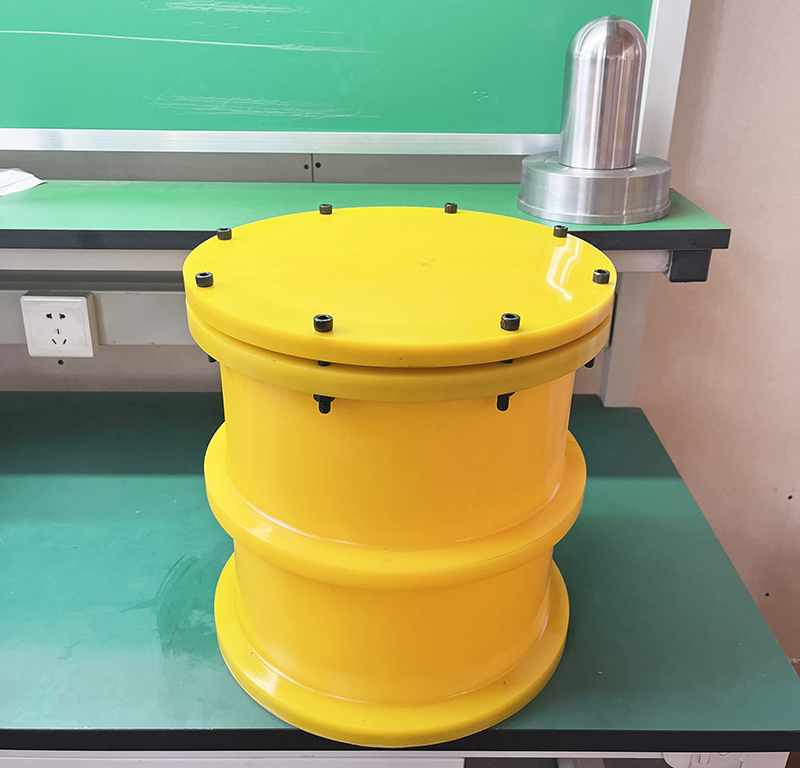

Isostatic Pressing and Cold Isostatic Pressing
Isostatic pressure technology, started in the mid-1950s, uses liquid or gas medium to apply uniform and equal force from all directions to the product in the closed high-pressure container. According to the principle of fluid mechanics, the pressure is constant and uniformly transmitted to the All directions, so that the product is formed into a dense green body.
The working principle of isostatic pressure is Pascal's law: the pressure of the medium (liquid or gas) in a closed container can be transmitted equally in all directions.
Isostatic pressing technology is gradually applied from research experiments to large-scale production. Many industries use this technology for the consolidation of powders or the repair of defects in castings, including ceramics, metals, composites, plastics, etc., due to its properties such as precision molding and improved material properties.
Cold isostatic pressing technology is at room temperature, usually rubber or plastic is used as the jacket mold material, and liquid is used as the pressure medium. It is mainly used for powder molding to provide green bodies for further sintering, forging or hot isostatic pressing processes. Generally used pressure is 100-630MPa.
1. The mechanism of powder forming
Under the action of the external hydrostatic pressure, the contact points are increased and the contact area is expanded through the displacement between the powders and the deformation of the powder itself.
(1) Migration and heavy accumulation, large displacement between particles. Arch bridge effect, small particles fill the pores of large particles.
(2) In the stage of local flow and fragmentation, pressure rises and deformation occurs. Fragmentation and rupture under high pressure; ductile metal, plastic deformation, increased contact area of angular convex peaks, and new contact points appear.
(3) Volume compression stage: There is no volume compression stage for brittle materials, and the density of ductile materials does not increase.
2. Factors affecting cold isostatic pressing
1. Powder characteristics: atomized powder, spherical powder, good compactness; electrolytic powder, good formability; generally mixed size particles.
2. Degassing effect: cracks, elastic aftereffect; vacuum degassing, adding sticky felt, filter paper, graphite paper in the bag.
3. Additives
4. Lubricant: reduce friction between particles, bond between die and workpiece; binder: glycerol (glycerin)
Jiangsu High Industry focuses on the research and production of isostatic pressing moulds, customizes various dry bag and cold isostatic pressing moulds, adapts to different models of various manufacturers at home and abroad, and deeply understands the needs of various industries. Alloy, graphite and other industries provide high-performance isostatic pressing mold rubber sleeves.




We support all kinds of customization, if you need it, please contact us.
Phone/whatsapp:+86 18234744811
Email:sales@highindustryco.com